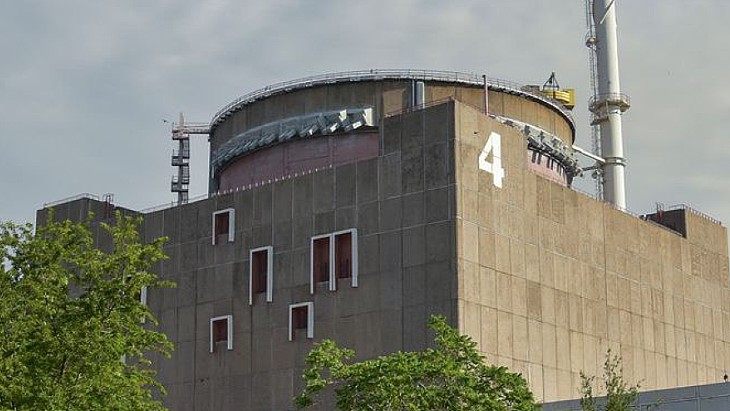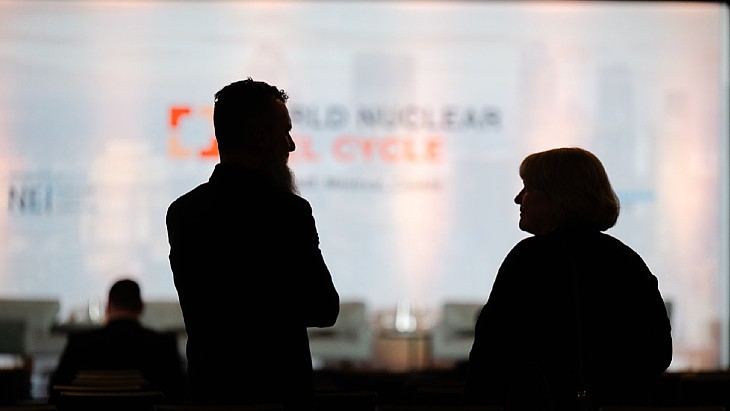IAEA experts see no explosives on roof of Zaporizhzhia units 3 and 4

The access to the rooftops came hours after the latest - the ninth - rotation of IAEA staff at the six-unit Zaporizhzhia nuclear power plant (ZNPP), which is the largest in Europe. The Ukrainian plant has been under Russian military control since early March 2022.
In a statement, the IAEA said: "Following repeated requests, the team had unimpeded access to the rooftops of the two reactor units and could also clearly view the rooftops of the turbine halls. The team will continue its requests to visit the roofs of the other 4 units at ZNPP."
IAEA Director General Rafael Mariano Grossi said: "I welcome the news that IAEA experts have finally been granted this additional access at the site. Timely, independent and objective reporting of facts on the ground is crucial to continue the IAEA’s efforts to support nuclear safety and security during the military conflict in the country."
With explosions being audible to staff at the plant earlier in the week, Grossi repeated his call for "all sides to refrain from any action that could lead to a nuclear accident with potential consequences for public health and the environment".
Unit 5 at the plant has now been switched to cold shutdown to allow maintenance activities which include "inspection and testing of the safety systems which protect the reactor and its fuel" and the cleaning of the heat exchanger. But, the statement said, "given the limited availability of spare parts and significantly reduced maintenance staff available at ZNPP", the IAEA team at the plant have "repeatedly requested more complete information regarding the full scope of maintenance activities planned to be conducted on unit 5".
At the same time as unit 5 has been moved to cold shutdown, unit 4 has been moved to hot shutdown, which allows the production of steam for heating and various safety functions. The Ukrainian nuclear regulator has issued regulatory orders for all six reactors to be in cold shutdown, especially given concerns about cooling water since the failure of the dam from which cooling water has been sourced. The Russian side say such a move is not necessary. The IAEA had also asked for consideration to be given to the use of external generators being brought on site to produce the required steam and so allow all the units to be put in cold shutdown.
In its new update, the IAEA say its staff have continued to "closely monitor" the availability of water for cooling. Since the failure of the Kakhovka dam and the fall in the level of its reservoir, the plant has been relying on supplies from its cooling pond, the nearby Zaporizhzhia Thermal Power Plant's (ZTPP) discharge channel and underground water from the drainage system. The IAEA says the level of the cooling pond is falling at a rate of about 1cm a day but the discharge channel "is periodically topped-up with water that continues to enter the ZTPP inlet channel, primarily from groundwater" and "there is sufficient water available for many months".
This week, the day before departing, the previous IAEA team "conducted a walkdown of the cooling pond area to examine the integrity of the isolation gate separating the cooling pond from what remains of the Kakhovka reservoir after the destruction of the downstream dam in June. The team was able to observe that the isolation gate had been reinforced with concrete blocks and soil to a total thickness of up to 4 metres". The update also reported on back-up plans which include a new well being drilled near the port, with another planned within the perimeter of the plant site.










_50521.jpg)

